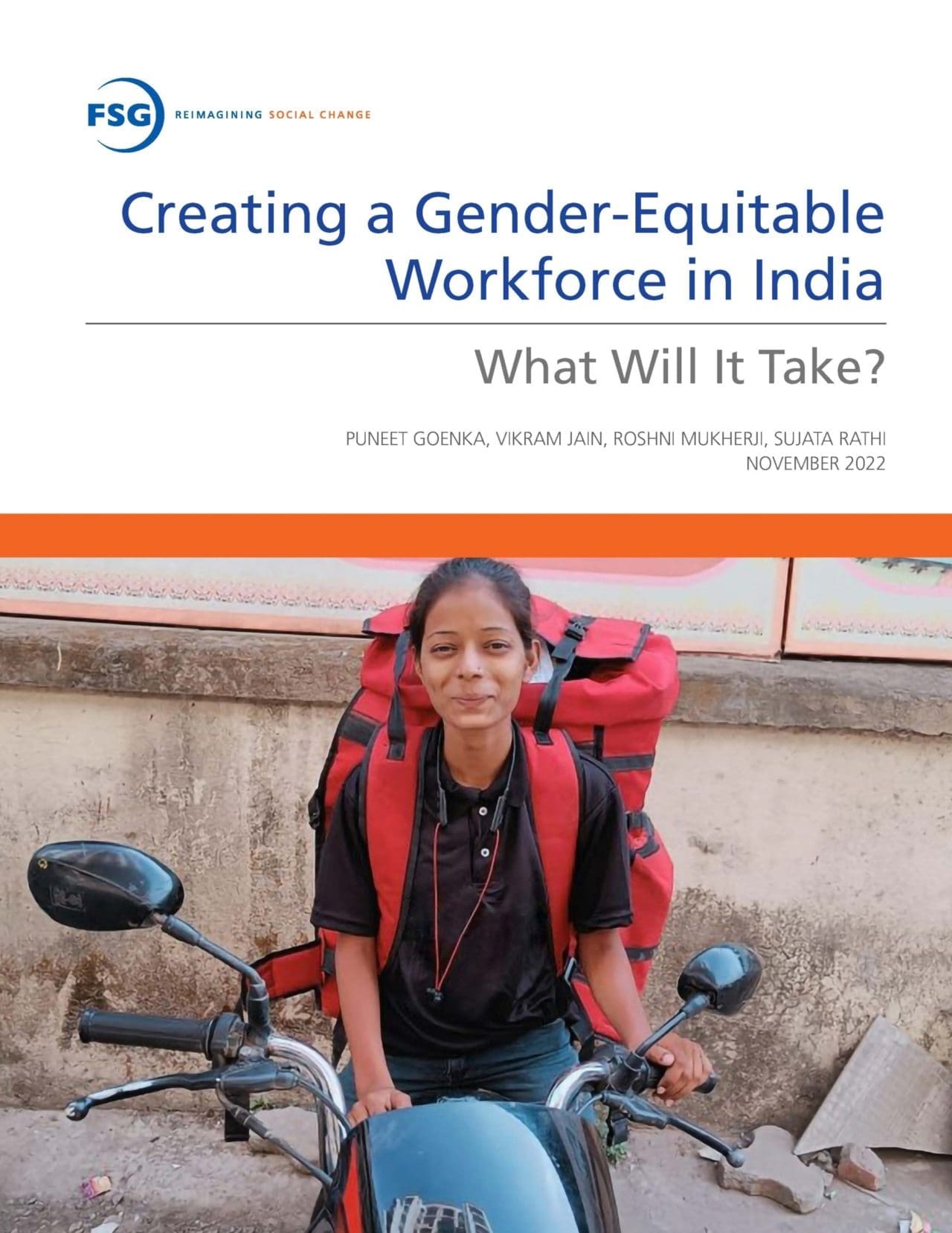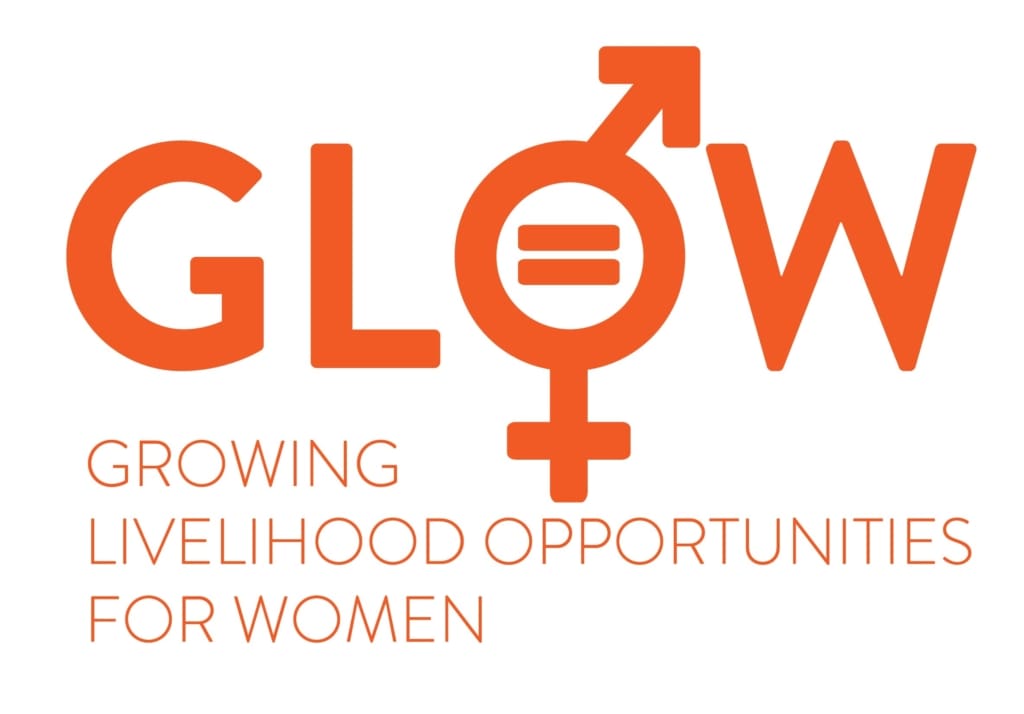India is home to over 350 million working-age women, of which 128 million live in urban areas. Yet only 20% of working-age urban women are participating in the workforce. Increasing women’s participation is beneficial for families (e.g., higher investment in children’s health and education,), good for business (e.g., improved attendance and work culture), and great for the country (e.g., faster GDP growth).
In this GLOW report*, we interviewed over 6,000 women from households with low income to better understand women’s beliefs, motivations, and preferences towards employment. By developing a nuanced understanding of why women are being held back and what drives women’s choices, in this report we identify segments of women that have a higher propensity to be in a job and present strategies to help increase workforce participation.
Top Takeaways
- Women want to work in jobs. Nearly 2 in 3 aspiring-to-work women prefer jobs over entrepreneurship.
- Women often still need to secure permission from men to work. For 1 in 3 non-working women, the inability to secure permission (or the absence of a precedent in the community) are main deterrents to employment.
- Despite the high demand for talent in high-growth, non-traditional industries, company biases and perceived risks restrict women’s participation.
- Collecting and sharing the benefits of gender diversity among companies can help build the will and skill to hire and retain a gender-diverse workforce in non-traditional industries.
*FSG’s Growing Livelihood Opportunities for Women (GLOW) is an initiative to improve gender equity in India by economically empowering women.






